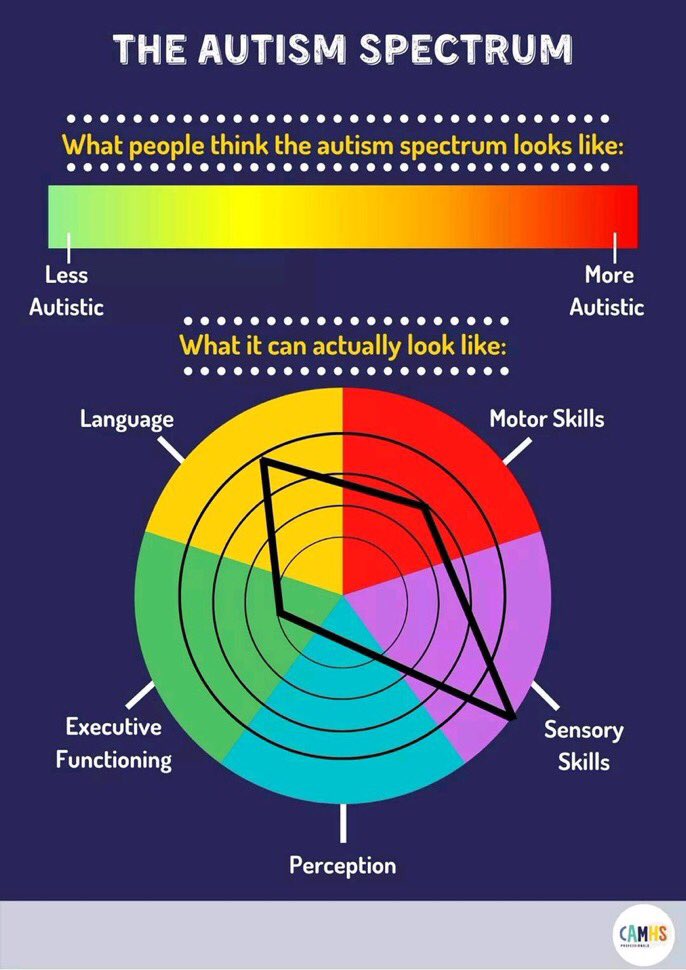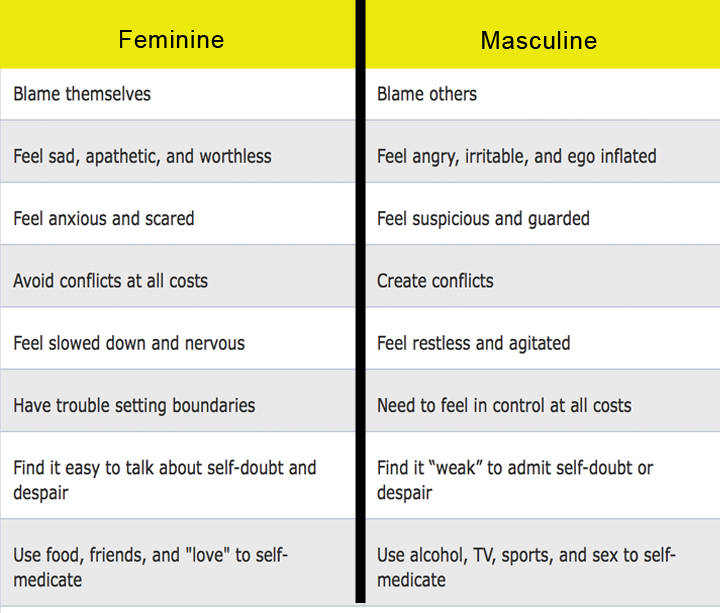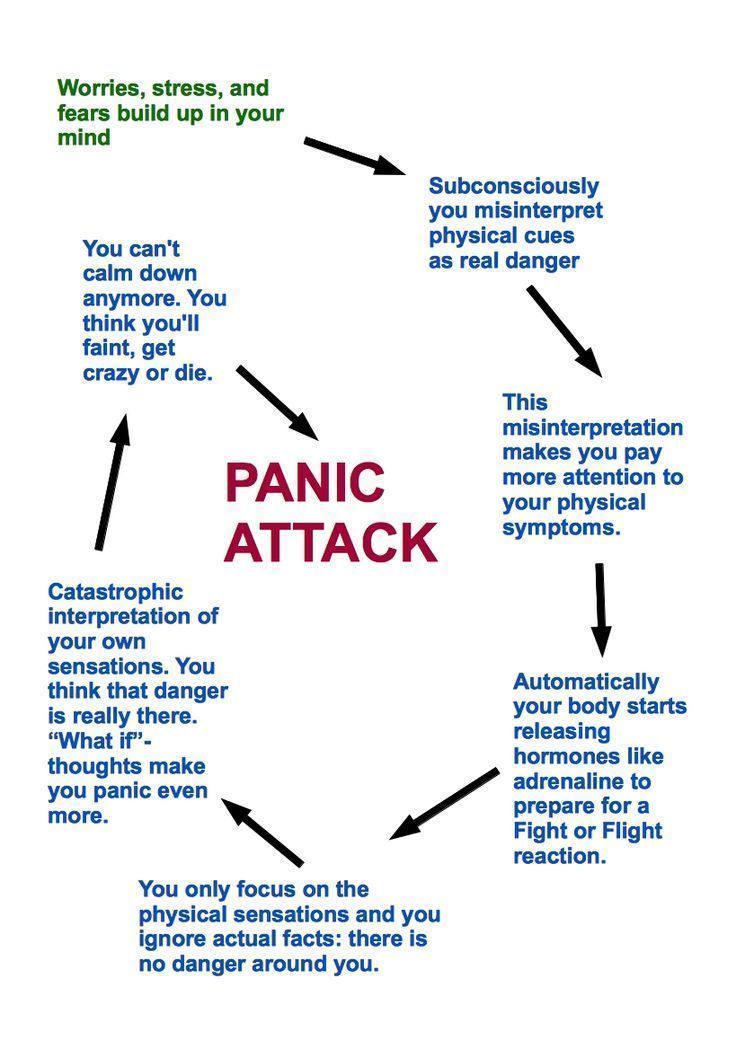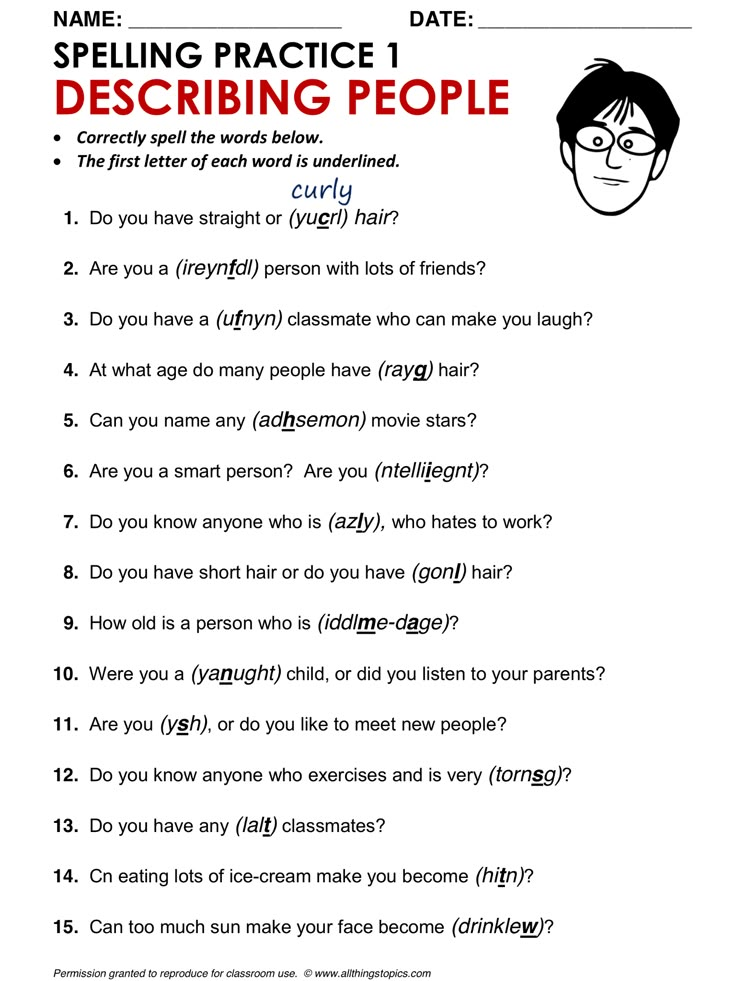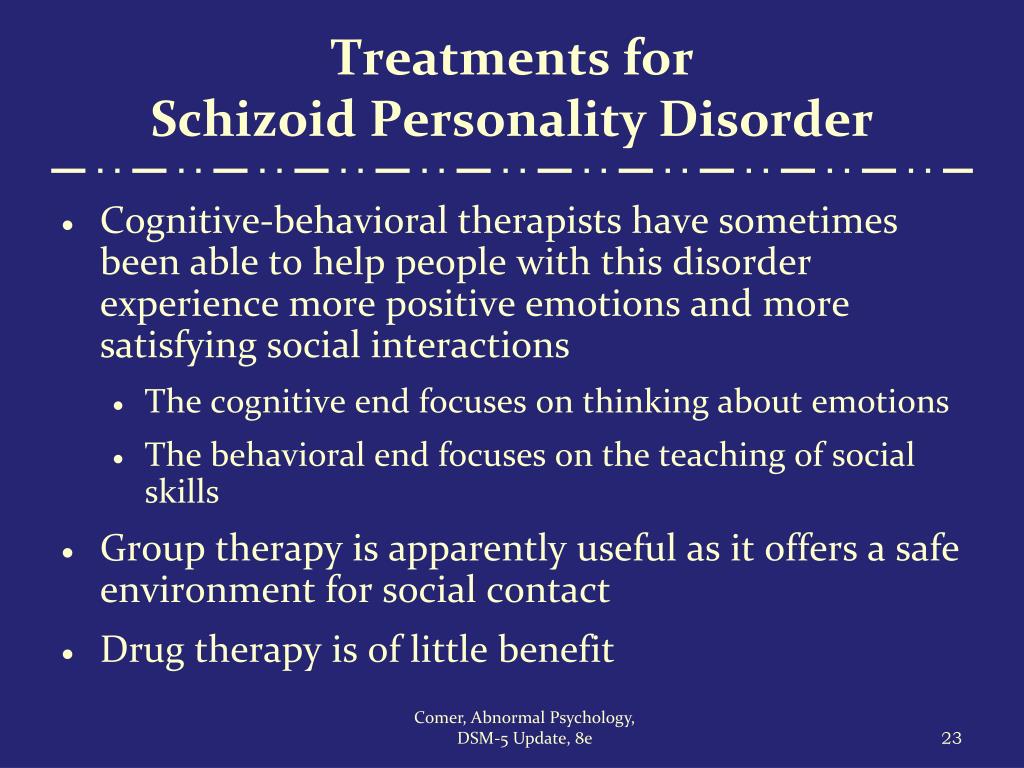Where are you on the autism spectrum
Do I Have Symptoms of ASD or Aspergers?
Do I Have Autism? A Test for Adults
Awareness of autism spectrum disorder (ASD) has grown dramatically in recent years, which reflects an increase in autism tests and diagnoses — and in the public’s understanding that, even late in life, an autism diagnosis can offer major benefits and relief. Still, symptoms of autism — particularly those previously associated with Aspergers — are still frequently misdiagnosed as attention deficit hyperactivity disorder (ADHD), mood disorders, obsessive compulsive disorder (OCD), and other related conditions — leading to poor treatment and lifelong challenges. If you recognize yourself or a loved one in the following descriptions of autism spectrum disorder, make an appointment with a health care professional to discuss an evaluation test for autism.
This free autism test was adapted from the Autism Spectrum Screening Questionnaire (ASSQ) designed to screen the possibility of ASD, and is for personal use only. This is not a diagnostic tool. An accurate diagnosis can only be made through clinical evaluation. This autism test is for personal use only.
Are you always the first one to notice when a friend has gotten a haircut or made a small change to their appearance?
Very Often
Often
Sometimes
Rarely
Never
Do you prefer to read non-fiction over fiction books?
Very Often
Often
Sometimes
Rarely
Never
Do you enjoy inventing your own words and expressions that might seem quirky to others?
Very Often
Often
Sometimes
Rarely
Never
Are you always bumping into things, or tripping over your own feet?
Very Often
Often
Sometimes
Rarely
Never
Do you prefer to play individual games and sports like golf, where everyone works for themselves, instead of team sports and games where everyone works toward a common goal?
Very Often
Often
Sometimes
Rarely
Never
When you’re having a conversation with someone, do you prefer to look at the wall, their shoes, or anywhere but directly into their eyes?
Very Often
Often
Sometimes
Rarely
Never
Have you always wanted a best friend, but never found one?
Very Often
Often
Sometimes
Rarely
Never
Do you talk to friends at a party the same way you would talk to co-workers in the office?
Very Often
Often
Sometimes
Rarely
Never
Think about your daily routine.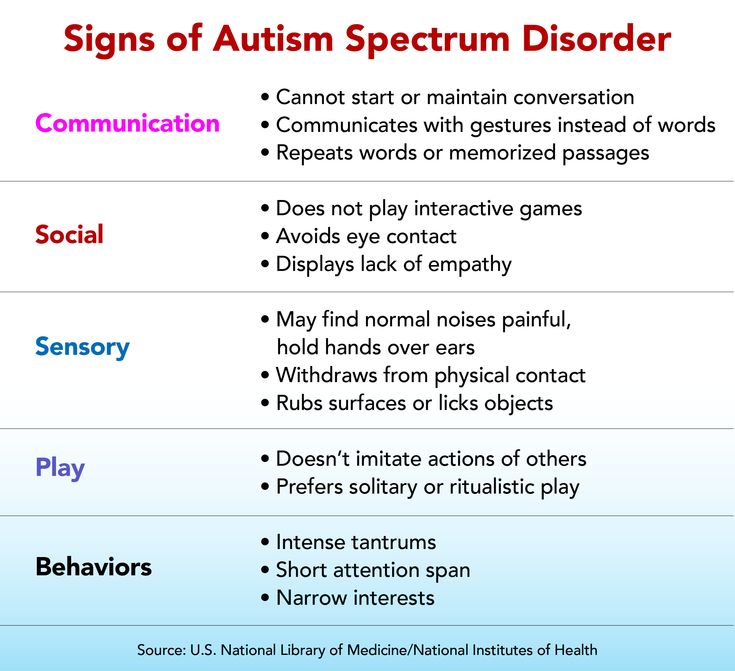 Would you say you follow the same schedule every day of the week, and don’t like unexpected events?
Would you say you follow the same schedule every day of the week, and don’t like unexpected events?
Very Often
Often
Sometimes
Rarely
Never
Are you really (really) good at a skill like math or music, but struggle to succeed in other areas?
Very Often
Often
Sometimes
Rarely
Never
Is your memory like a steel trap, even for facts that you don’t fully understand?
Very Often
Often
Sometimes
Rarely
Never
Did bullies target you in grade school?
Very Often
Often
Sometimes
Rarely
Never
Do your family members lovingly refer to you as the “eccentric professor” of the family?
Very Often
Often
Sometimes
Rarely
Never
Even when you’re in a quiet place, like the library, do you find yourself making involuntary noises, like clearing your throat over and over?
Very Often
Often
Sometimes
Rarely
Never
Do people say that you speak like a robot?
Very Often
Often
Sometimes
Rarely
Never
Are expressions like “Curiosity killed the cat” or “Don’t count your chickens before they hatch” odd to you?
Very Often
Often
Sometimes
Rarely
Never
Do you have trouble understanding what people mean when they say they feel embarrassed for someone else?
Very Often
Often
Sometimes
Rarely
Never
(Optional) Would you like to receive your autism symptom test results — plus more helpful resources — via email from ADDitude?
Sign me up for your Adult ADHD newsletter.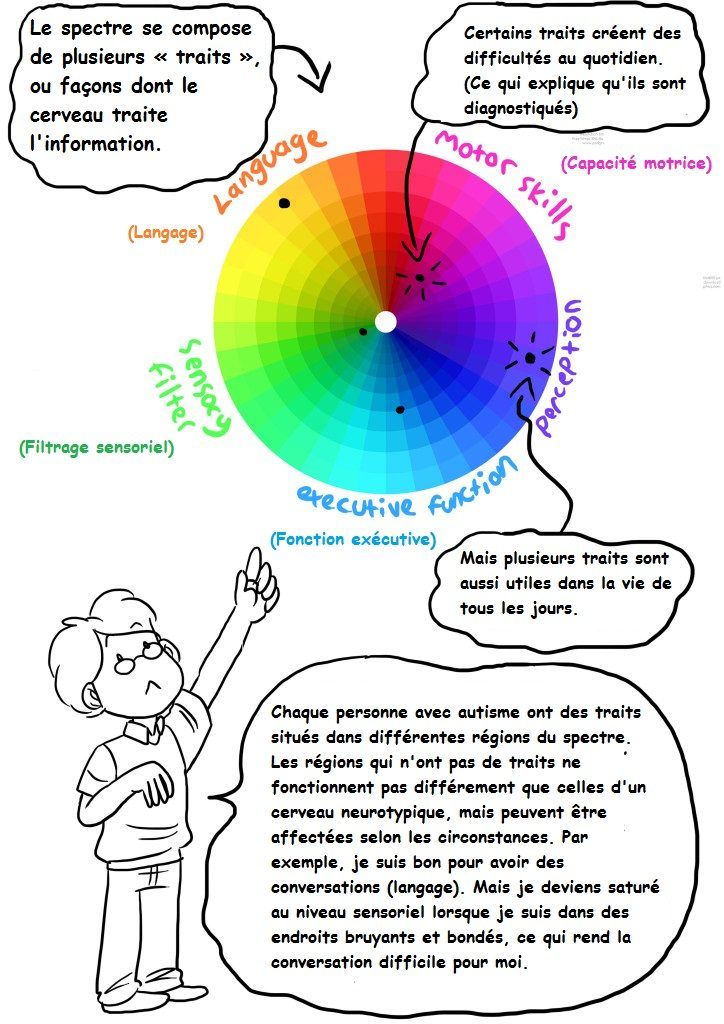
Can’t see the autism self-test questions above? Click here to open this test in a new window.
Autism Test Next Steps: Autism Spectrum Disorder In Adults
1. Take the ADHD Test for Adults
2. Read What Does Autism Look Like in Adults?
3. Read: ADHD and Adult Autism: Symptoms, Diagnosis & Interventions for Both
4. Read: How to Get Evaluated for Autism as an Adult
5. Take This Test: OCD in Adults
6. Get the eBook “The Truth About Autism in Adults”
7. Listen to the Webinar: “Could I Be on the Autism Spectrum?”
8. Take This Test The Autism Test from WebMD
9. Read: Say Goodbye to Aspergers Syndrome
Previous Article Next Article
How to Get Tested for Autism: Adult Autism Diagnosis Advice
Q: “Where can I go to get evaluated for autism spectrum disorder (ASD) diagnosis as an adult? What type of professional or specialist performs an adult autism diagnosis, and what does the process typically look like? What credentials and qualifications matter most?”
Finding a qualified provider to evaluate, diagnose, and treat adult autism is difficult, as many autisticindividuals know far too well.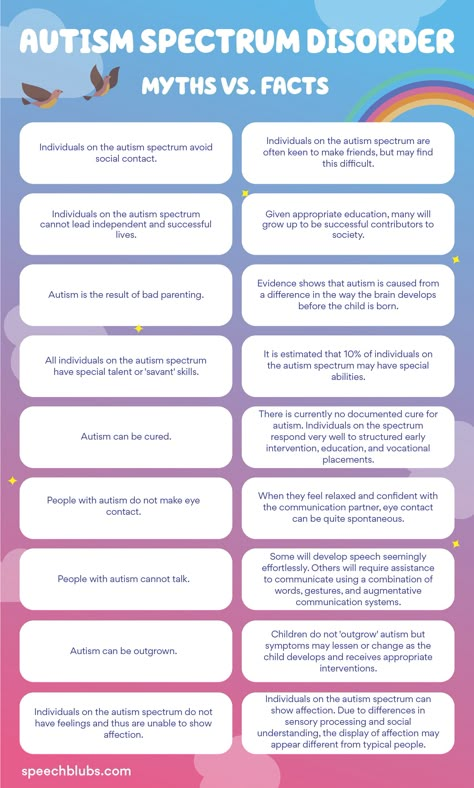
That said, the first step toward seeking an adult autism diagnosis is to find an expert – a psychologist or a psychiatrist – who specializes in diagnosing ASD. Consider focusing first on finding adult psychologists as they, contrary to adult psychiatrists, receive more clinical training and exposure to conditions with early childhood onsets. (To merit an ASD diagnosis, the patient must have experienced symptoms during their development.)
You may be able to find a specialist near you by pursuing:
- A referral from your family doctor
- An Internet search or online medical directory look-up
- Your insurance provider
- Autism organizations you trust
- Local medical centers and universities (major institutions tend to have autism centers and resources – the Center for Autism Research, part of the Children’s Hospital of Philadelphia, for example, has an autism “roadmap” to help visitors of all ages)
[Take This Self-Test for Autism Spectrum Disorder in Adults]
While there is no “certificate” that qualifies experts to diagnose adult autism, the expert you choose should certainly have some form of training in how to diagnose ASD.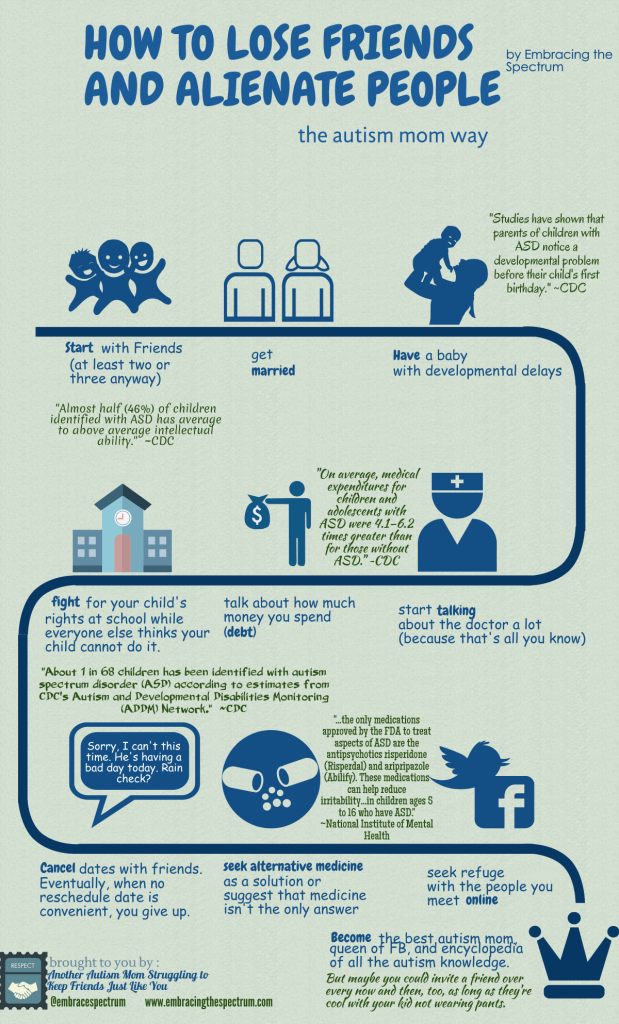 They need not have research-level reliability for ASD diagnostic tests, but they do need clinical training with other autism experts.
They need not have research-level reliability for ASD diagnostic tests, but they do need clinical training with other autism experts.
It is likewise important that the clinician use reliable diagnostic tools that research supports as being effective in making an autism diagnosis. Apart from essentials like the clinical interview, an adult autism assessment is best completed using these tools:
- Detailed developmental histories, which help track how symptoms unfolded over development and whether external factors influenced them. Psychologists are experts at teasing apart and examining these histories. There may be other people in your life, like a parent, a spouse or a sibling, who can contribute to the process by describing your symptoms over time.
- The Social Communication Questionnaire, Autism Spectrum Quotient, Adaptive Behavior Questionnaire, Autism Diagnostic Interview-Revised (ADI-R), and Autism Diagnostic Observation Schedule-2 (ADOS) are commonly used. The latter two are the most comprehensive measures available.
 The ADI-R is a clinical interview with a caregiver or other family member that has known you very well from early childhood. The ADOS includes a clinical interview and observation of your social communication skills and presence of repetitive behaviors that are implicated in ASD.
The ADI-R is a clinical interview with a caregiver or other family member that has known you very well from early childhood. The ADOS includes a clinical interview and observation of your social communication skills and presence of repetitive behaviors that are implicated in ASD. - Psychiatric assessments for other conditions are commonly used to rule out, confirm, or even uncover other conditions existing alongside ASD.
- Free Download: The Guide to Autism in Adults
- Read: Professional Guidelines for Diagnosing Autism Spectrum Disorder
- Read: ADHD and Adult Autism — Symptoms, Diagnosis & Interventions for Both
SUPPORT ADDITUDE
Thank you for reading ADDitude. To support our mission of providing ADHD education and support, please consider subscribing. Your readership and support help make our content and outreach possible. Thank you.
Previous Article Next Article
90,000 people in a spectrum of autism describe that they feel during a nervous breakdown 02.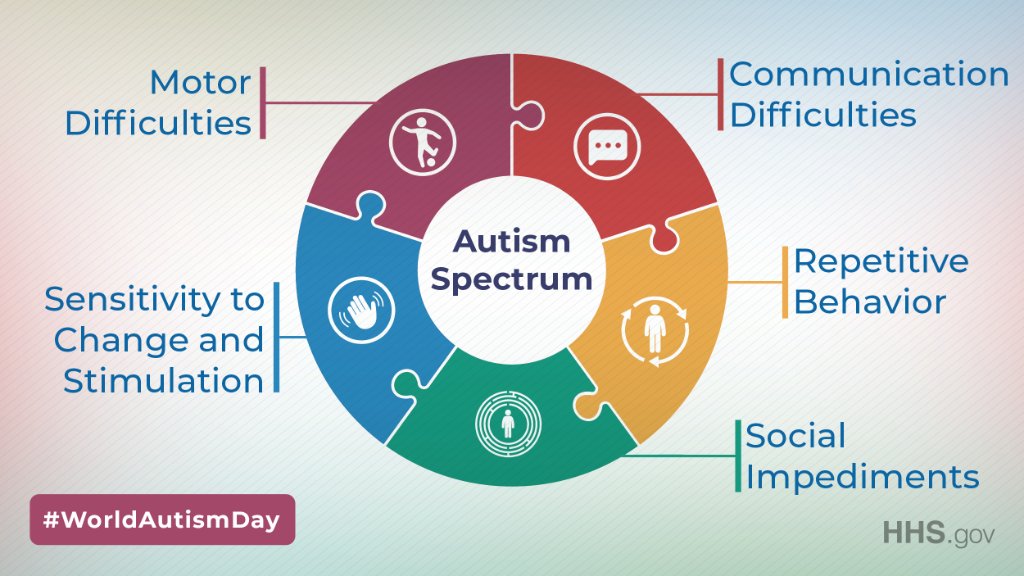 10.17
10.17
15 Autical people are divided by their interruption experience due to excessive overload of
Source: The Mighty
"Why are you mad?"
"Calm down."
"What a capricious child, you need to be stricter with him."
"Here's a brat!"
"Some kind of psycho".
Unfortunately, people on the autism spectrum and their loved ones hear phrases like this all the time. Why? Most often due to the experience of sensory overload, when their brain is not able to process too many signals from the outside world at the same time. Sensory overload can be triggered by a crowded crowd, too loud TV sound, strong smells, fluorescent lighting, or hundreds of other factors. Sensory overload can be caused not only by autism, but also by sensory processing disorder, chronic fatigue syndrome, fibromyalgia, post-traumatic stress disorder and other conditions, although anyone can experience it under certain conditions.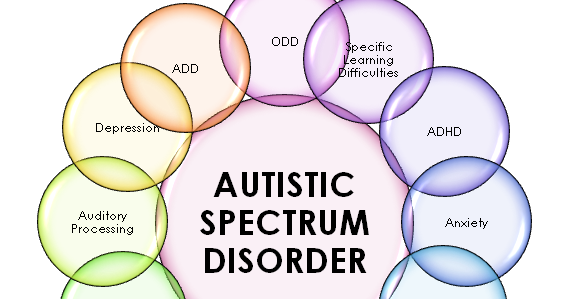 Very often, a nervous breakdown becomes the only way to get rid of tension due to sensory overload.
Very often, a nervous breakdown becomes the only way to get rid of tension due to sensory overload.
To an outside observer, it may seem that these are "whims" or "drawing attention."
Let's be clear: a nervous breakdown is not a whim, people don't choose to have a breakdown. Each person has their own techniques for preventing or surviving a nervous breakdown. Different mechanisms work for different people. But what exactly doesn't work? Judgmental looks, gestures and especially comments. No one is going to blame you if you unknowingly confuse a nervous breakdown with being spoiled, we just want you to understand the difference.
We asked several autistic people to describe how they feel during a nervous breakdown. We hope that their experience will help to achieve greater understanding and empathy.
1. “I literally feel like my head is bursting. The approach of a relapse becomes unbearable, but the relapse itself is just like... like your brain stops existing. Of course, this doesn't really happen, but I lose control of my muscles and my ability to speak, I can't modulate my voice or get my brain to signal my body to calm down. It’s like my brain… at the last minute sends a lot of energy to the rest of the body, but does not give instructions on what to do with this energy, so it overflows everything and gets out of control.” - Shaina G.
Of course, this doesn't really happen, but I lose control of my muscles and my ability to speak, I can't modulate my voice or get my brain to signal my body to calm down. It’s like my brain… at the last minute sends a lot of energy to the rest of the body, but does not give instructions on what to do with this energy, so it overflows everything and gets out of control.” - Shaina G.
2. “It's like a volcano. It builds and builds and then explodes so fast, and there's fire everywhere that destroys everything until it's gone.” - Devra R.
3. “I feel trapped. I have a strange tension in my head or in my arms and I want to get rid of it. Everything around seems extremely real, as if I just emerged from the water, I feel a variety of emotions at the same time, and I want to run away from them all. I cease to understand what is decent and what is not, I begin to say what I do not mean, or what I wanted to say, but held back. Each time, everything ends up with everyone around being offended or confused. People think that because I "only" have Asperger's, I can't have nervous breakdowns, but I do. And I understand that they are not as "obvious" and "destructive" as my brother's, but I still have them. They tell me to “calm down,” but that only pisses me off even more, because I already understand it.”
People think that because I "only" have Asperger's, I can't have nervous breakdowns, but I do. And I understand that they are not as "obvious" and "destructive" as my brother's, but I still have them. They tell me to “calm down,” but that only pisses me off even more, because I already understand it.”
“When the breakdown has 'passed', I can't explain what just happened, because it's only late in the evening (or later) that I can realize that I had a nervous breakdown. By the time I can come to that conclusion, it's already too late. Everyone has already forgotten what happened, or they don't care. I'll just look like I'm 'trying to get attention'" - Chi K.
4. "It's like self-control is slipping away from me—there is no more earth, air, or sky, just me and fear, rage, and despair. My bones vibrate, creak and crack. In the chest like a vacuum cleaner works. When I wake up, I have bruises, cuts and scratches, because I grab everything in order to return to the ground. By morning, the memories of the nervous breakdown are completely gone, I only vaguely remember the sensations.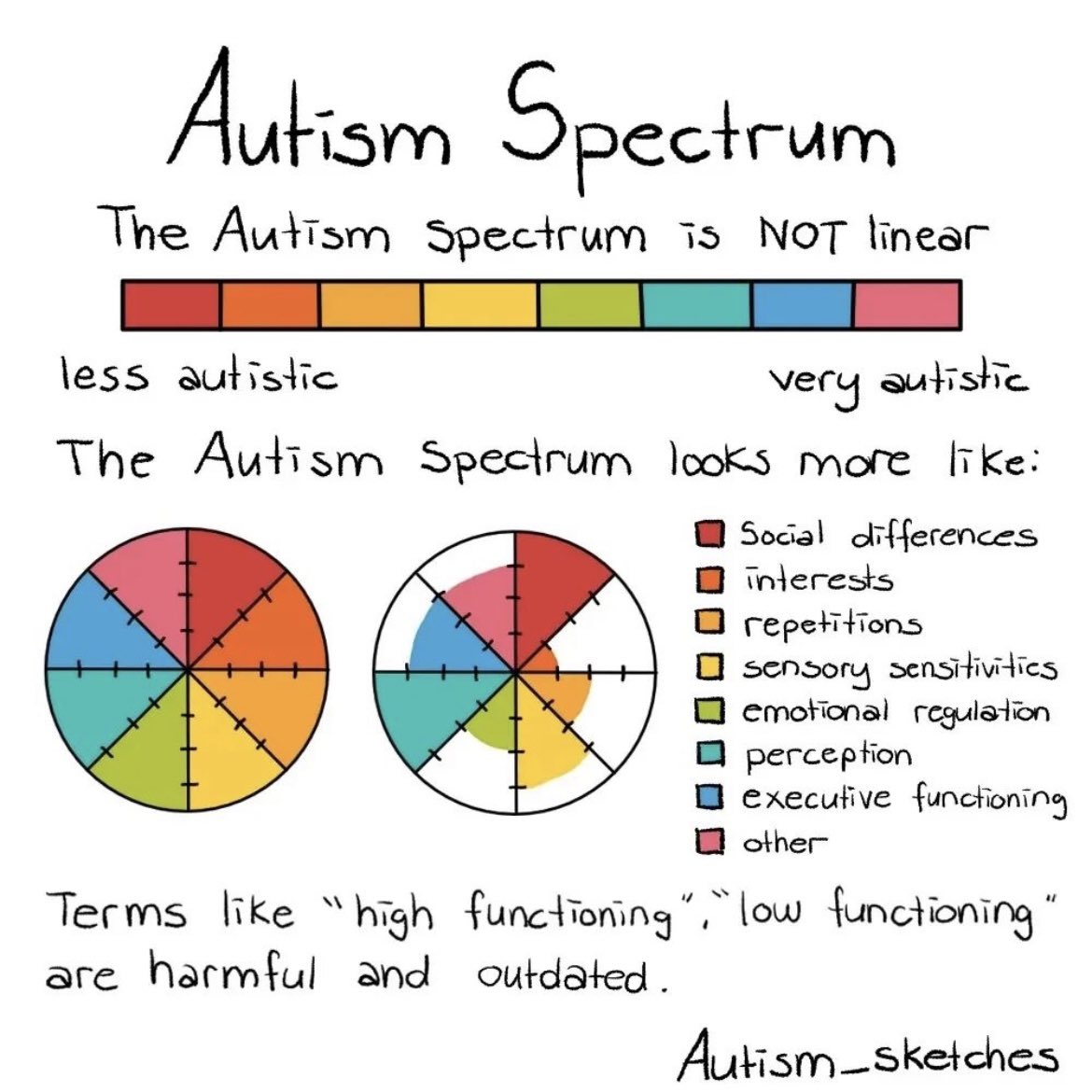 If I think about it too long, things will become too intense and I will have another nervous breakdown. I'm not ashamed that I'm autistic. I refuse to be ashamed of it. It defines who I am, but that doesn't mean other people can define it. But God, nervous breakdowns can not even be described. They are too big for my small body. Too big for this small planet. They hurt like sharp razors, but the pain is not on the skin, but in the soul. Your whole being turns inside out, and when people say “it's just noise”, “it's just an argument”, they don't really understand anything. And after all, very often the solution was quite simple. I often shouted about it. Just to stop this buzzing.” — Holly G.
If I think about it too long, things will become too intense and I will have another nervous breakdown. I'm not ashamed that I'm autistic. I refuse to be ashamed of it. It defines who I am, but that doesn't mean other people can define it. But God, nervous breakdowns can not even be described. They are too big for my small body. Too big for this small planet. They hurt like sharp razors, but the pain is not on the skin, but in the soul. Your whole being turns inside out, and when people say “it's just noise”, “it's just an argument”, they don't really understand anything. And after all, very often the solution was quite simple. I often shouted about it. Just to stop this buzzing.” — Holly G.
5. “Loss of control, almost like Jekyll and Hyde. I feel as if someone has flipped a switch in my brain and taken over my body, canceling all rational thoughts, reactions and communication. The blood is pounding in my head, everything seems too big to fit in it. Somewhere deep down there remains a small part of me that understands what is happening and wants to stop it, but cannot undo this system.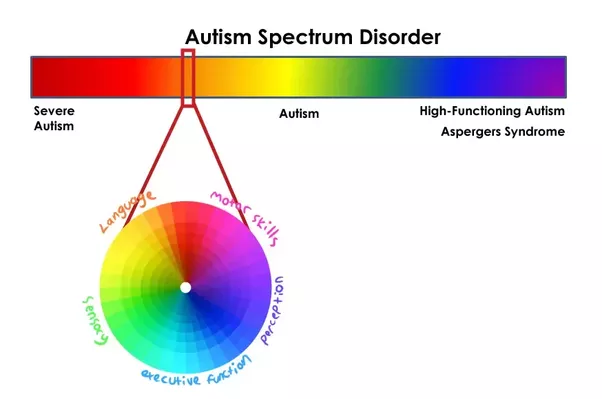 My primitive reactions come to the fore, so I instinctively isolate myself and try to get away from all other living beings. Only then is it possible for me to breathe and begin to gradually calm down.” — Laura S.
My primitive reactions come to the fore, so I instinctively isolate myself and try to get away from all other living beings. Only then is it possible for me to breathe and begin to gradually calm down.” — Laura S.
6. “It seems like all the pressure that has built up in me (like in a soda bottle) bursts out and you can’t stop it, you lose control of yourself until this pressure is released, and then you fall asleep to restore strength.” — Lauren G.
7. “I completely lose control of my ability to regulate my emotions—the 'filter' disappears and I can no longer stop intrusive thoughts about anything that upsets me. Sometimes I have an uncontrollable desire to throw things, but this reduces my ability to communicate what the problem is. It's a vicious circle. I am not so much angry as scared, unable to speak or interact with the world, and I will have the need to hide from just a few hours. And after that, there is always complete exhaustion.” — Kim F.
8. “It's scary, as if you're leaving your body. I lose the ability to think or perceive what is happening and can only feel. And I feel everything. Every sound, every breeze. I want to scream, sometimes I really scream, just a scream without words. And all this time, I feel like I'm looking at myself from the outside, and this little part of me is still able to think rationally and think: “Why am I behaving like this? Calm down, pull yourself together!" But I can't control it." — Tiffany D.
I lose the ability to think or perceive what is happening and can only feel. And I feel everything. Every sound, every breeze. I want to scream, sometimes I really scream, just a scream without words. And all this time, I feel like I'm looking at myself from the outside, and this little part of me is still able to think rationally and think: “Why am I behaving like this? Calm down, pull yourself together!" But I can't control it." — Tiffany D.
9. “Personally, for me it's a huge, all-consuming wave of emotions and sensory sensations that builds and builds, and then terribly hits you. I often start crying, angry, or both - others may be indignant or not understand what's wrong. I end up completely exhausted/burned out from head to toe, inside and out, unable to speak and sometimes even move. Sometimes I completely switch off and I can’t even formulate what I’m thinking about, but I can think about everything. I need time and a quiet place to calm down, away from people, where I can do my favorite repetitive activity, like painting / felting, which is very calming for me and helps me move from what I feel to thinking clearly and functioning normally again.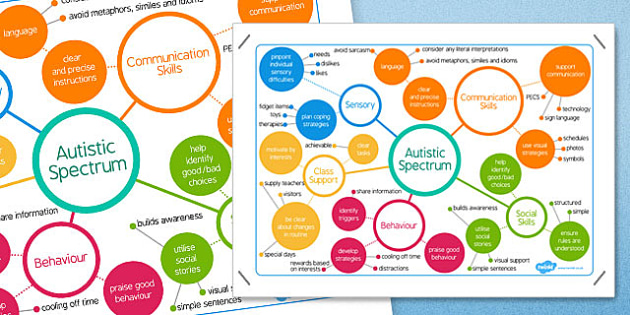 ” , — Cathy S.
” , — Cathy S.
10. “I feel like I just want to be alone, and I usually do! I lock myself in my room or go wandering into the woods. When I tell my friends about it, they think I'm weird because I just don't want to see anyone.” – Kasper M.
11. “It's very intense, extreme emotions start to build up at the same time. Sometimes it seems like the only way to calm down so it doesn't go on for hours is to hurt yourself, because pain helps to release extreme emotions.” — Katherine B.
12. “I feel like I have a hundred voices in my head and everyone is talking at the same time and wanting to scream.” – Richard T. . It's like I'm no longer in control of myself. So I start crying, or choking, or both. I think about every problem I have, try to come up with a solution, I can't, and release all the emotions. I repeat this process until all emotions are gone. Sometimes I need help to stop this process (stimming, weighted blanket, etc.) or the escalation will continue. It's not fun at all and I don't like how it affects others, but sometimes it's just necessary to "reboot" my system" - Erin K.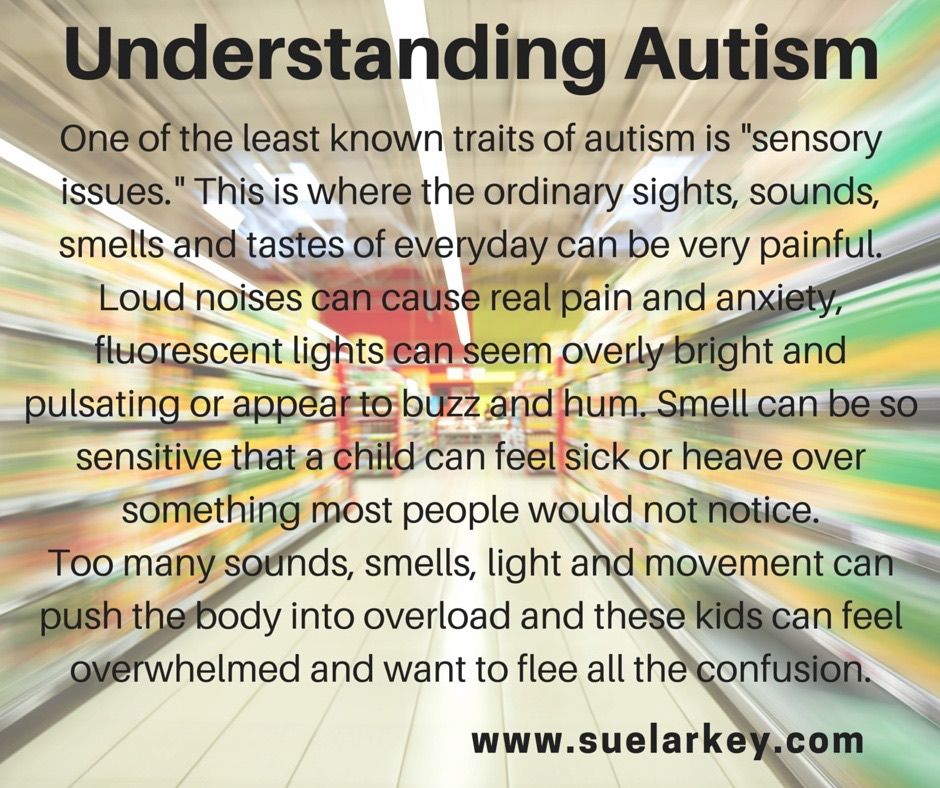
14. “It's just awful. As if no one understands, everyone around laughs and stares at you, they say that you are just "inventing everything" or "looking for excuses for yourself." What might happen next? Maybe I'll get arrested, or get hurt, or hurt someone else? Unfortunately, it has already happened.” — Sean W.
15. “It's like a train that never stops! … As soon as it's over, I feel emotionally numb. But after a good night's sleep, I'm ready to conquer the next day!" — Jordan S.
How to prevent tantrums in adults with autism
Prevention of tantrums: how to outsmart explosive behavior in a person with autism
What to do if you become an accidental witness to a tantrum associated with autism
A child is spoiled or autistic - how to understand?
How I feel during an autism-related tantrum
How to deal with autistic tantrums in public
“Autistic tantrums” can happen to any of you
We hope that the information on our website will be useful or interesting for you. You can support people with autism in Russia and contribute to the work of the Foundation by clicking on the "Help" button.
You can support people with autism in Russia and contribute to the work of the Foundation by clicking on the "Help" button.
Autistic Notes, First Person, Sensory and Motor
Autism in Adults: Symptoms, Causes, Treatment
- What is Autism Spectrum Disorder
- Symptoms of ASD in adults
- Causes of ASD
- ASD Help
- How people with autism spectrum disorder live
- ASD in adults in Russia
The material was commented by Elena Grigorenko, clinical psychologist, molecular geneticist, Ph.D. Research MSUPU, Head of the Scientific and Expert Council of the Vykhod Foundation
What is Autism Spectrum Disorder (ASD)
Advertising on RBC www.adv.rbc.ru
ASD is not a disease, but a developmental disorder. The main difference is that the disease has a beginning, a period of flow and an end. ASD is not contagious, autism cannot be "sick" - a person has it from birth.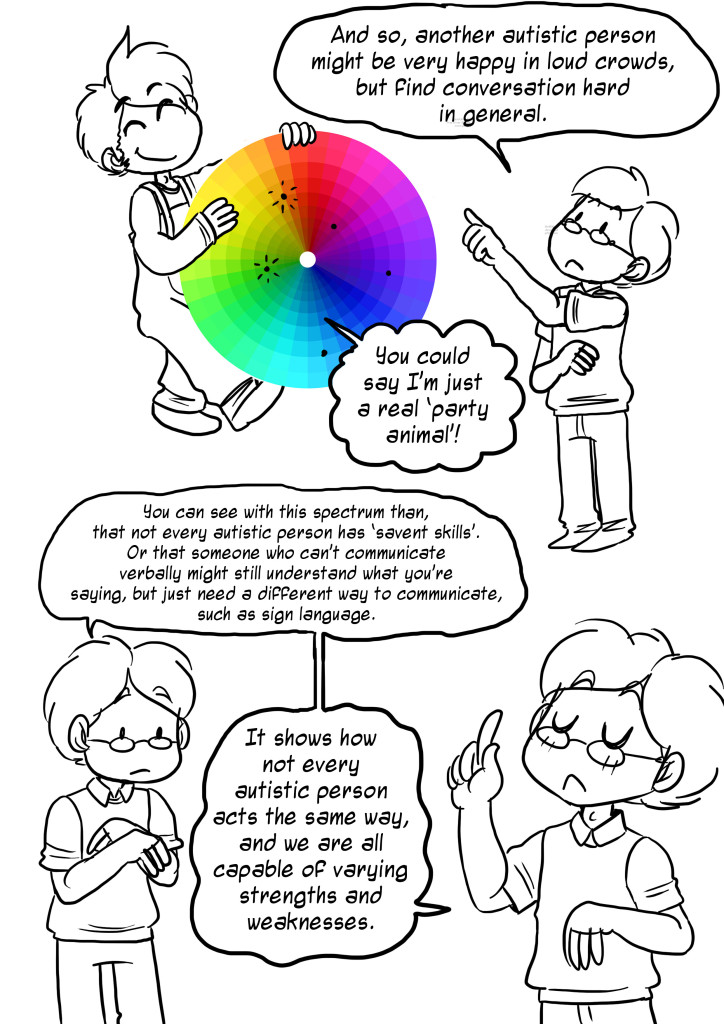
Diagnostics of autism spectrum disorders in Russia and other countries of the world is carried out according to the International Classification of Diseases, 10th revision (ICD-10). The United States has its own classification - the Diagnostic and Statistical Manual of Mental Disorders (DSM-5). It differs slightly from the ICD-10, but with the introduction of the ICD-11, the discrepancies will be eliminated. The transition to the new classifier is planned for January 2022. It will no longer have Asperger's and Kanner's syndromes as separate diagnoses, they will be combined into the definition of "autism spectrum disorder". In the latest edition of the American DSM-5 manual, the category of Asperger's syndrome is also missing [1].
Some doctors believe that there is no need to distinguish between Asperger's syndrome and autism. Tony Atwood, ASD specialist: “Research shows no clear difference between the two diagnoses. There are fewer differences than similarities. Today, both terms may well be interchangeable” [2].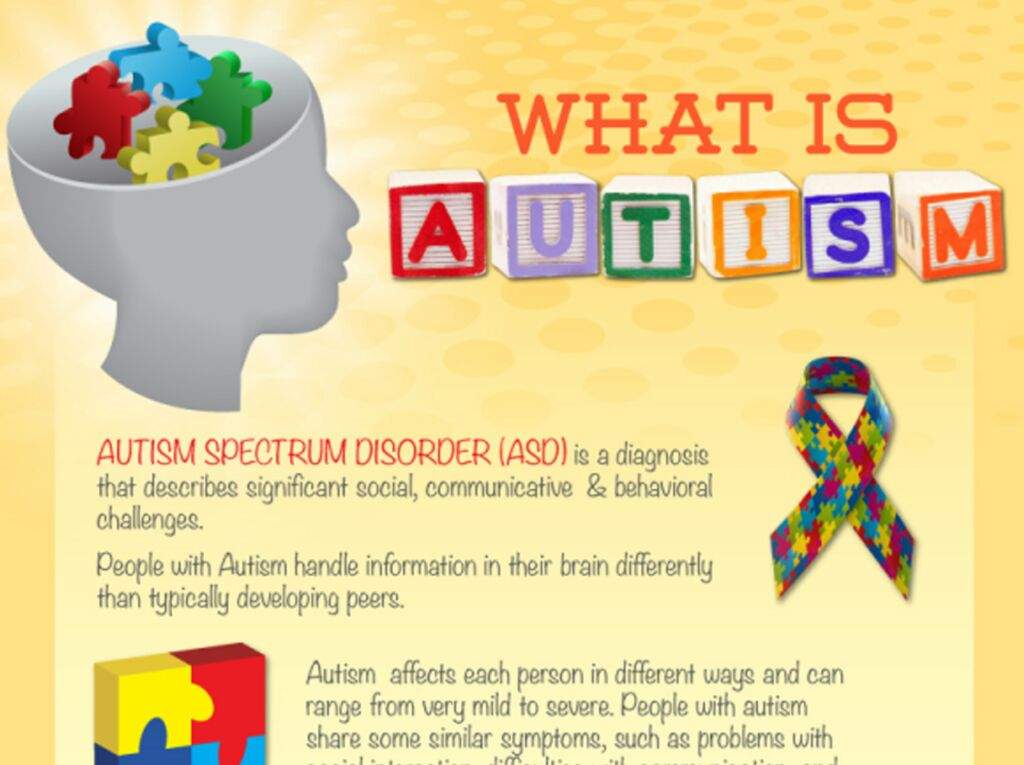 According to Patricia Howlin, clinical psychologist, emeritus professor at the Institute of Psychiatry at King's College London, a member of the British Psychological Society and the Exit Foundation's scientific advisory board, the name "Asperger's syndrome" has long been used very loosely. There was no consistency in mentioning this diagnosis. In addition, in the US, children with Asperger's syndrome did not receive enough care compared to those who were diagnosed with autism. It was believed that they needed it less.
According to Patricia Howlin, clinical psychologist, emeritus professor at the Institute of Psychiatry at King's College London, a member of the British Psychological Society and the Exit Foundation's scientific advisory board, the name "Asperger's syndrome" has long been used very loosely. There was no consistency in mentioning this diagnosis. In addition, in the US, children with Asperger's syndrome did not receive enough care compared to those who were diagnosed with autism. It was believed that they needed it less.
Despite the fact that according to the new classifications of diseases, Asperger's syndrome is not distinguished as an independent diagnosis, some specialists continue to use it in communication. The main difference from "normal" autism is that speech and cognitive abilities are preserved. The name of the diagnosis was given by the English psychiatrist Lorna Wing in honor of the Austrian physician Hans Asperger, who worked with children with a lack of ability for non-verbal communication.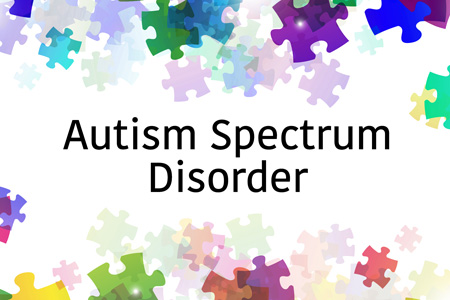 There are ongoing discussions that the term itself is unethical due to Asperger's collaboration with the fascist regime.
There are ongoing discussions that the term itself is unethical due to Asperger's collaboration with the fascist regime.
© Shutterstock
According to the US Centers for Disease Control 2020, ASD affects one in 54 children [3]. WHO statistics claim that every 160th child [4]. Psychiatrist and epidemiologist Eric Fombon says: “This data is from my old 2012 paper that I worked on with Mayada Elsabag. Now they are outdated. In 2021, autism occurs in one in 100 people” [5].
ASD is a range of mental disorders that cause difficulties with social interaction. Most often, the disorder is spoken of in children, because possible disorders appear at an early age. But it also happens that the symptoms are mild, and as a result of misdiagnosis, people can struggle with other diseases for years without realizing that they have ASD.
Symptoms of ASD in adults
Currently there are no hormonal, biochemical or genetic markers to define ASD. Brain scans don't help either — structural changes don't indicate the severity of symptoms or their specific manifestation. Doctors focus on the behavior of patients. Scientists talk about a spectrum of disorders because they vary based on symptom presentation, age, and other health factors. Therefore, each case must be considered separately. Social and communication skills, the severity of mannerisms - unconscious gestures, features of speech and facial expressions, as well as stereotypical behavior are taken into account.
Doctors focus on the behavior of patients. Scientists talk about a spectrum of disorders because they vary based on symptom presentation, age, and other health factors. Therefore, each case must be considered separately. Social and communication skills, the severity of mannerisms - unconscious gestures, features of speech and facial expressions, as well as stereotypical behavior are taken into account.
Why is the word spectrum used? The manifestations of the disorder are very diverse. For example, autism can be diagnosed in intellectually and creatively gifted people who demonstrate outstanding achievement in the arts or sciences, or it can be found in patients with brain disorders. The diagnosis occurs in those who avoid society or are basically unable to join it, as well as in those who are constantly looking for interaction, but at the same time cannot communicate according to accepted standards. Some people with autism are fluent in oral communication, while others are only able to communicate using alternative means of communication, such as cards or special applications for gadgets.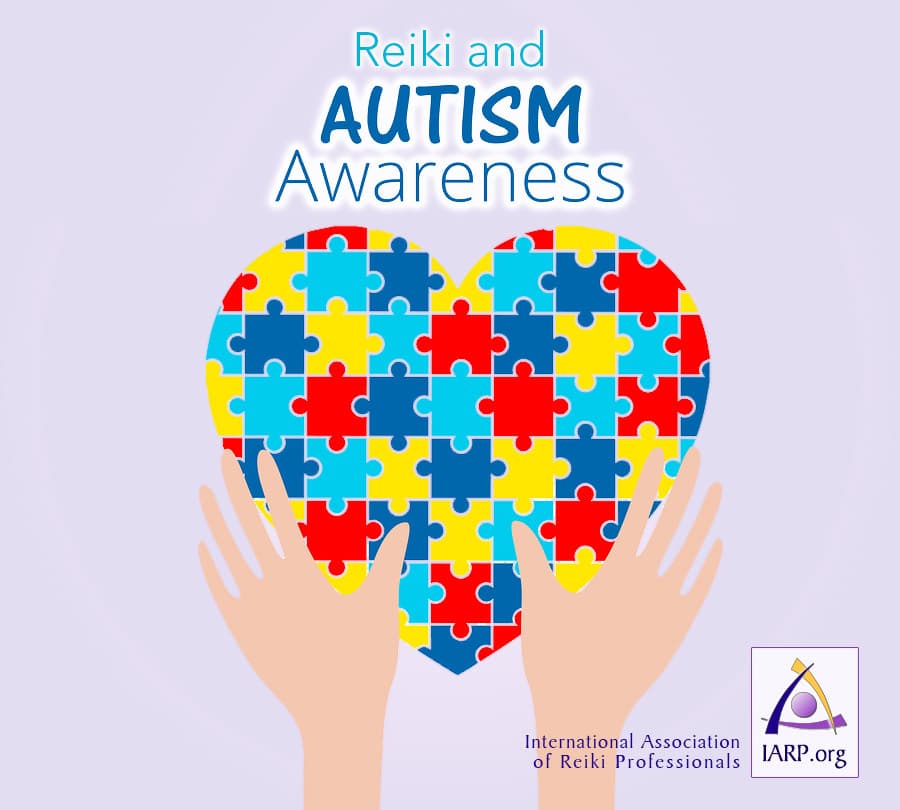 And there are many such examples of the diversity of manifestations in the autism spectrum.
And there are many such examples of the diversity of manifestations in the autism spectrum.
It is not possible to self-diagnose to define ASD because it is a complex disorder that requires a high level of specialist skill to define. A person can look at the list of symptoms and find some of them in himself, but this is just a way to suspect deviations. Differential diagnosis is the task of the psychiatrist alone. If you assume that the person you are interacting with for the first time has ASD, remember that every individual is valuable and worthy of respect, regardless of diagnosis. The symptoms can be very different, and no people experience the disorder in the same way. Often it is combined with other diagnoses - in almost 3/4 of cases, concomitant disorders were found; each of them must be considered separately.
There are several indicators, the so-called red flags, that can tell you to seek medical advice.
Emotional and behavioral symptoms
This includes repetitive behavior as well as inability to empathize.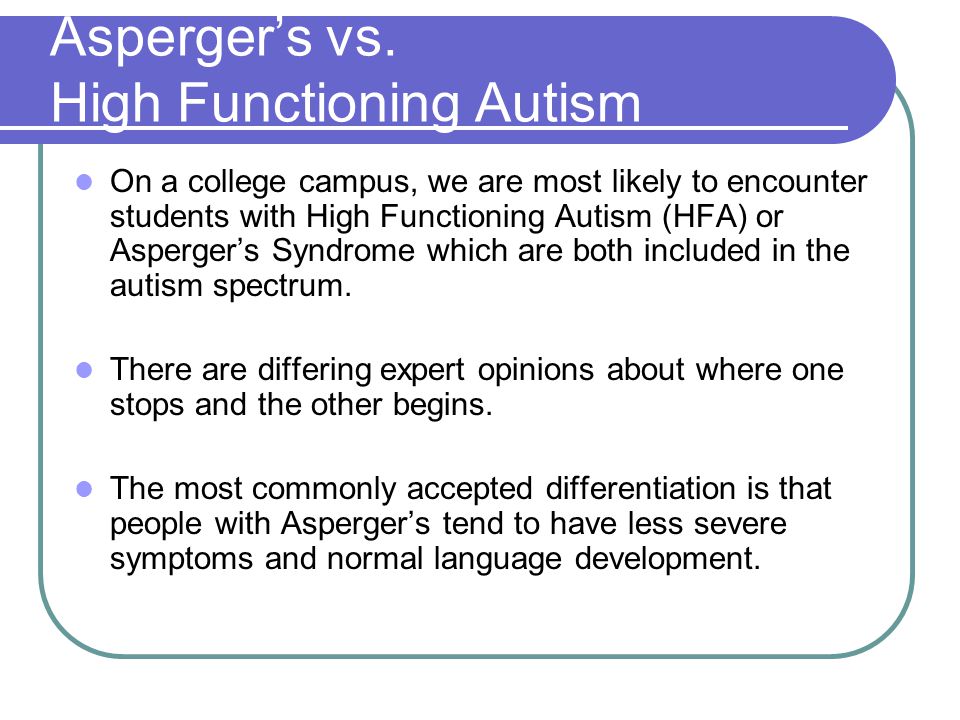 Some people with ASD have difficulty trying to interpret social and sensory issues. Autism Spectrum Disorder is often expressed in an increased emotional response to disappointments or changes in familiar situations. In addition, doctors point to an abnormal response to sensory stimuli, such as touch, smell, lack of light: this may be hypersensitivity or, conversely, a lack of response.
Some people with ASD have difficulty trying to interpret social and sensory issues. Autism Spectrum Disorder is often expressed in an increased emotional response to disappointments or changes in familiar situations. In addition, doctors point to an abnormal response to sensory stimuli, such as touch, smell, lack of light: this may be hypersensitivity or, conversely, a lack of response.
Communication symptoms
Patients with ASD may experience difficulties in social interaction, doctors often diagnose speech problems - it can be harsh, like a robot. Some people with autism spectrum disorder find it difficult to moderate their voice, such as lowering it when circumstances warrant it. One of the symptoms is repetitive speech, which is built around the same phrases. At the same time, an increase in vocabulary often occurs in those areas of knowledge that interest a person. Hyperfocus on one topic is also expressed in the desire to constantly talk about it with other people.
Adults with ASD may not pick up cues from others, such as hand gestures, facial expressions, or body language. Some patients try to avoid eye contact or do not feel the need for it. A person with ASD is not necessarily a closed introvert, he can be quite sociable. From the point of view of the development of communication skills, people with high-functioning autism are distinguished, they have well-developed verbal intelligence, but other diagnostic categories of ASD are found.
Yulia Azarova, editor-in-chief of media resources of the Vykhod Foundation
“There is a hypothesis that people with ASD may have problems with the ability to put themselves in the place of another. But at the same time, some research suggests that people with autism are doing great with empathy, which seems to involve the ability to put oneself in the place of another, and the problem is teaching them to understand when to “turn it on.”
Difficulty with coordination
Clumsiness itself is not considered a sign of illness, but coordination problems are common in adults with ASD.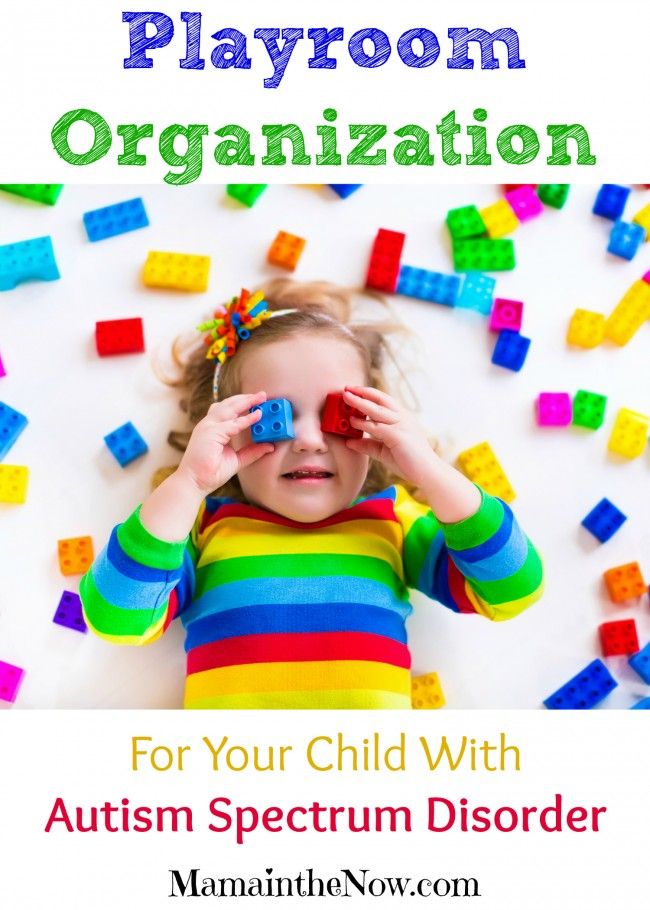 This makes it difficult to perform simple everyday tasks - from walking to tying shoelaces.
This makes it difficult to perform simple everyday tasks - from walking to tying shoelaces.
“ASD now has three categories of signs (there will be two of them with the eleventh revision of the ICD): social and communicative deficits and repetitive behavior,” explains Yulia Azarova. “Clumsiness, hypersensitivity, etc., are not medical symptoms of ASD. They may or may not be present. Therefore, these behavioral features belong to the so-called autism red flags, based on which one can notice the atypical development of the child. But in no case should you independently diagnose your child with autism on the basis of, for example, hypersensitivity. The appearance of red flags is a reason to seek professional diagnostics.”
Some of the characteristics of autism spectrum disorder can be seen as positive. So, a person with ASD has a rare concentration of attention, can focus on solving a problem, scrupulously engage in one thing for a long time; he is very attentive to details. But the presence of some special abilities does not negate the fact that autism is a serious diagnosis that has a great impact on the life of a person and his loved ones. Therefore, it would be a mistake to think of autism as a cute feature or a charming oddity.
But the presence of some special abilities does not negate the fact that autism is a serious diagnosis that has a great impact on the life of a person and his loved ones. Therefore, it would be a mistake to think of autism as a cute feature or a charming oddity.
If you or your loved ones experience these symptoms, you should consult your doctor. “Only a psychiatrist has the right to diagnose autism in Russia. A psychologist, pediatrician, neurologist or other doctor who observes a child can only suspect that he has this disorder and refer him for further consultation with a psychiatrist,” says Yulia Azarova.
When examining a patient, clinicians consider criteria for social behavior, interpersonal skills, and physical problems that may be indicative of other illnesses. It is not uncommon for people with ASD to be anxious, show signs of depression or, conversely, hyperactivity, so the diagnosis can be mistaken for one of these conditions.
What you need to know about Parkinson's disease and how to treat it
Causes of ASD
The exact cause of ASD is unknown, but it is believed that 80–90% of cases are due to a genetic predisposition [6].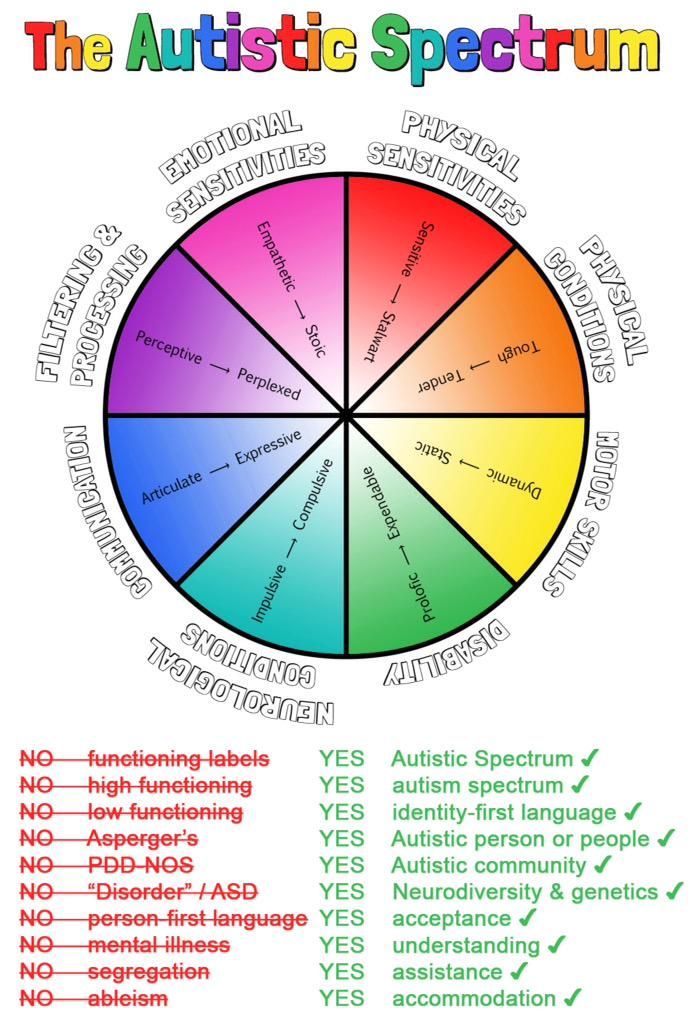 More than 100 genes have already been found that scientists have linked to the onset of autism. But there are also environmental factors that can also contribute to the formation of this disorder in a child. For example, inflammation in the mother's body during pregnancy has been linked to an increased risk of ASD in the baby. It can occur due to chronic diseases such as arthritis, lupus or diabetes, or be triggered by obesity due to cytokines that cross the blood-brain barrier and attack neural networks.
More than 100 genes have already been found that scientists have linked to the onset of autism. But there are also environmental factors that can also contribute to the formation of this disorder in a child. For example, inflammation in the mother's body during pregnancy has been linked to an increased risk of ASD in the baby. It can occur due to chronic diseases such as arthritis, lupus or diabetes, or be triggered by obesity due to cytokines that cross the blood-brain barrier and attack neural networks.
There is not enough reliable information about medications taken during pregnancy. But there is evidence that some drugs have this side effect. For example, valproic acid, which is used to treat epilepsy and bipolar disorder, increases the risk of having a child with autism by 2–2.5 times [7].
© Hunter Johnson/Unsplash
Another avenue of research is the environment in which the baby was born, such as preterm birth or too low birth weight (less than 2 kg). In any case, if a child has had a difficult start in life, often on follow-up he may have problems with social communication, and in some cases, autism.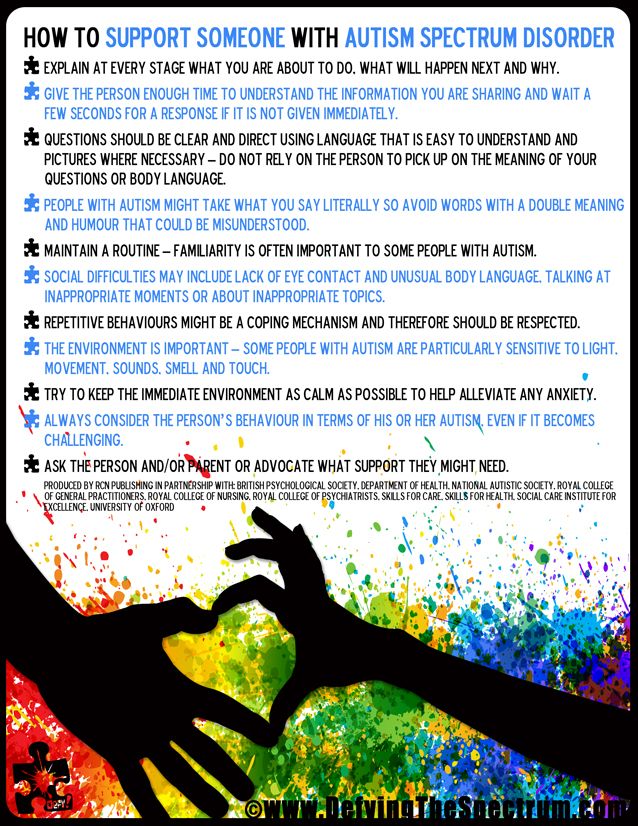
Help for adults with ASD
“Too often we try to treat ASD with pills. It's impossible. Medications may be given to people with autism to deal with other problems that they have just like everyone else. For example, depression or anxiety. But there is no drug therapy for ASD,” explains Yulia Azarova.
However, there are ways to help children and adults cope with the symptoms of autism and the difficulties that come with it. According to the clinical guidelines for ASD, approved by the Ministry of Health on July 17, 2020, integrated programs for helping people with autism use applied behavior analysis, rewards and information gathering. These are the symptoms of autism. To help people with ASD, methods that show themselves to be ineffective for correcting autism symptoms, as well as potentially dangerous (for example, holding therapy) are not recommended [8].
“The meditation and mindfulness offered by some doctors is not a therapy for autism. Such methods do not have a high level of evidence.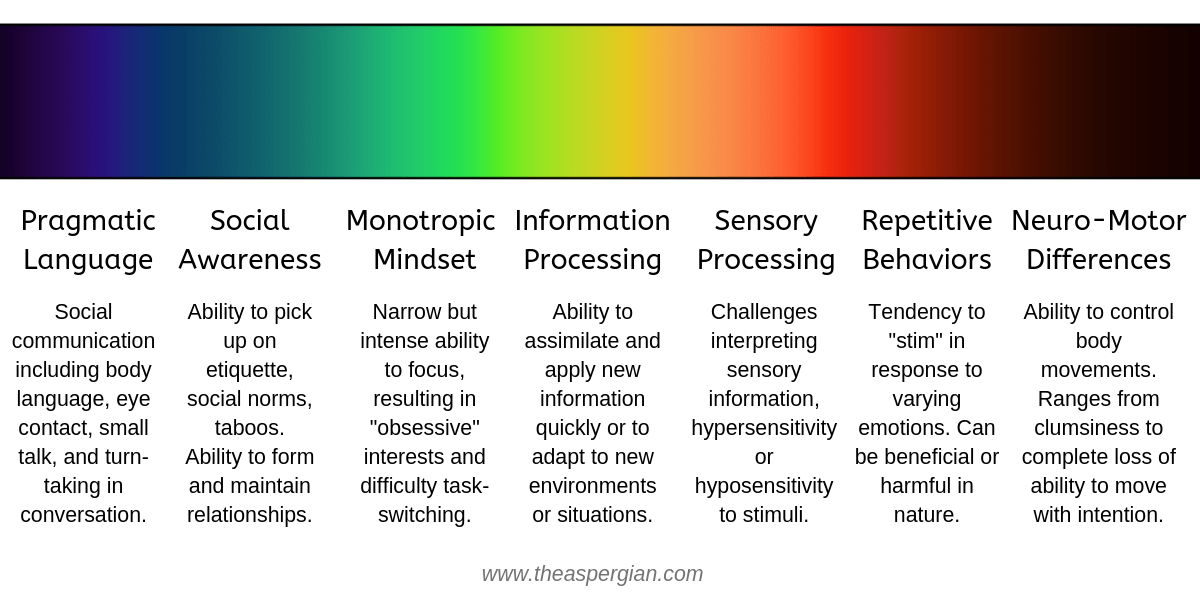 We can just as well talk about pet therapy: yes, some children like to spend time with animals and then they feel good. But will it be a therapy for ASD symptoms? No. It’s the same here: meditation and mindfulness are good, but they don’t help fight the symptoms of autism,” says Yulia Azarova.
We can just as well talk about pet therapy: yes, some children like to spend time with animals and then they feel good. But will it be a therapy for ASD symptoms? No. It’s the same here: meditation and mindfulness are good, but they don’t help fight the symptoms of autism,” says Yulia Azarova.
Some people who were diagnosed with ASD as children outgrow it, achieving an "optimum outcome". The term was coined by Deborah Fine, professor of psychology at the University of Connecticut at Storrs. In 2013, she conducted research on 34 people diagnosed with autism. In 2016, scientists reviewed cases of optimal ASD outcomes and concluded that it is possible to talk about the loss of a diagnosis only if it is made early. Timely intensive behavioral intervention plays an equally important role. The majority of people with autism retain symptoms consistent with the diagnosis and require lifelong therapy and support [9].].
How to diagnose and treat amyotrophic lateral sclerosis
How people with autism spectrum disorder live
Patients can lead full, healthy and productive lives.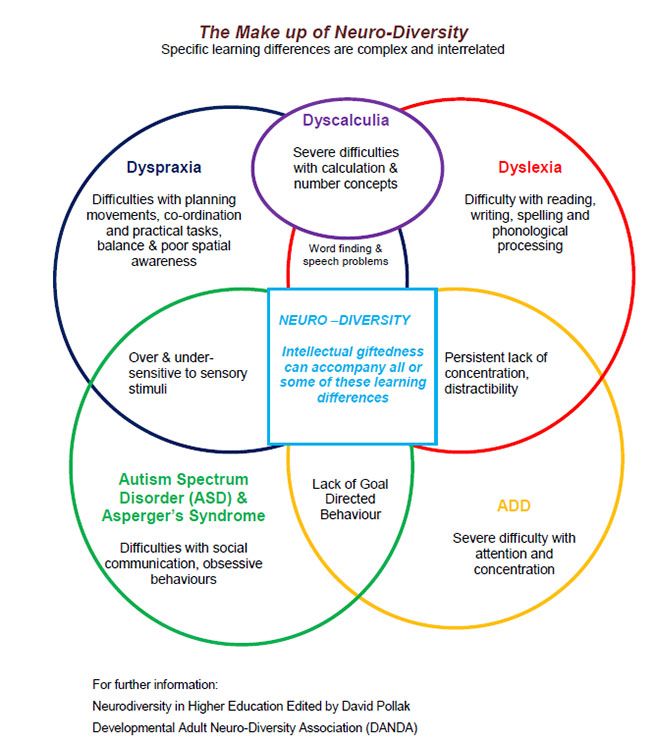 Due to their high attention to detail and the ability to focus, they can achieve success in their careers. A prime example is environmental activist Greta Thunberg. Fictional characters include Shaun Murphy from The Good Doctor, Saga Noren from The Bridge, or Sheldon Cooper from The Big Bang Theory. At the same time, the creators of the latest series claim that Cooper, who is distinguished by obvious obsessive behavior, social dysfunction, regressive tendencies and an inability to perceive sarcasm, does not have an ASD diagnosis. The writers refuse to pathologize the characters to be accepted without labels.
Due to their high attention to detail and the ability to focus, they can achieve success in their careers. A prime example is environmental activist Greta Thunberg. Fictional characters include Shaun Murphy from The Good Doctor, Saga Noren from The Bridge, or Sheldon Cooper from The Big Bang Theory. At the same time, the creators of the latest series claim that Cooper, who is distinguished by obvious obsessive behavior, social dysfunction, regressive tendencies and an inability to perceive sarcasm, does not have an ASD diagnosis. The writers refuse to pathologize the characters to be accepted without labels.
Lydia Netzer, the mother of a teenager with an autism spectrum disorder, believes that the right decision is not to create the image of a “cute autism” with an official diagnosis [10]. Because otherwise, ASD is perceived as a kind of funny feature: a person with an autism spectrum disorder does not understand hints, is picky in habits, remembers and gives out original facts, instantly solves complex mathematical problems.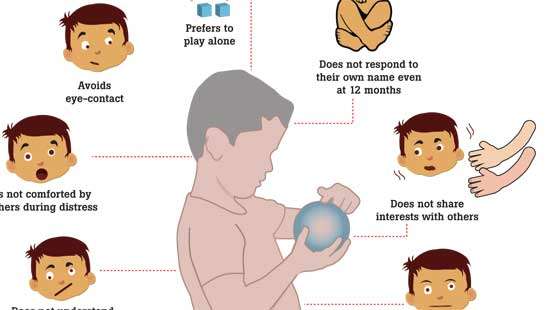 This creates the unrealistic stereotype that people with ASD are quirky but always socially successful. In fact, everything is more complicated, and a person can experience serious difficulties, getting into conflict situations with others. "Cute" disorders are deceptive and can lead to the misconception that tolerance is easy.
This creates the unrealistic stereotype that people with ASD are quirky but always socially successful. In fact, everything is more complicated, and a person can experience serious difficulties, getting into conflict situations with others. "Cute" disorders are deceptive and can lead to the misconception that tolerance is easy.
In addition to therapy and professional help, a person with autism spectrum disorder has to devote a lot of attention to self-advocacy - to defend their views, make decisions, cope with difficulties and express personal opinions in an acceptable way. People with serious diagnoses find it difficult to seek help because they often face a backlash. It is important to find something that brings joy, captivates and works well, rely on a sense of self-worth.
Maverick Crawford, a student and social activist with ASD, suggests praising yourself for small achievements, writing a “support list” indicating things that please and motivate [11]. He recommends self-esteem-building practices and talks about the importance of finding like-minded people and helping others with the same disorder. Crawford admits that he has speech problems - he often stutters, which can annoy interlocutors. Crawford encourages people with ASD to try to remain calm and take a deep breath before starting a monologue, speak confidently, slowly, concisely and to the point, be persistent and not give up.
Crawford admits that he has speech problems - he often stutters, which can annoy interlocutors. Crawford encourages people with ASD to try to remain calm and take a deep breath before starting a monologue, speak confidently, slowly, concisely and to the point, be persistent and not give up.
“It would be nice if we had enough people with autism who would be so adapted that they could protect their rights,” says Yulia Azarova. - But in Russia such a catastrophic underdiagnosis that basically the diagnoses are received by already very serious patients-children, whose symptoms are conspicuous. And parents have to defend their rights.”
© Shutterstock
Large companies organize employment programs for people with autism spectrum disorder. But they require constant investment. For example, in the United States, out of 100 thousand people with ASD at the age of 25, only 58% have a well-paid stable job. For comparison: among graduates without a diagnosis of ASD who graduated from high school, this figure reaches 99%.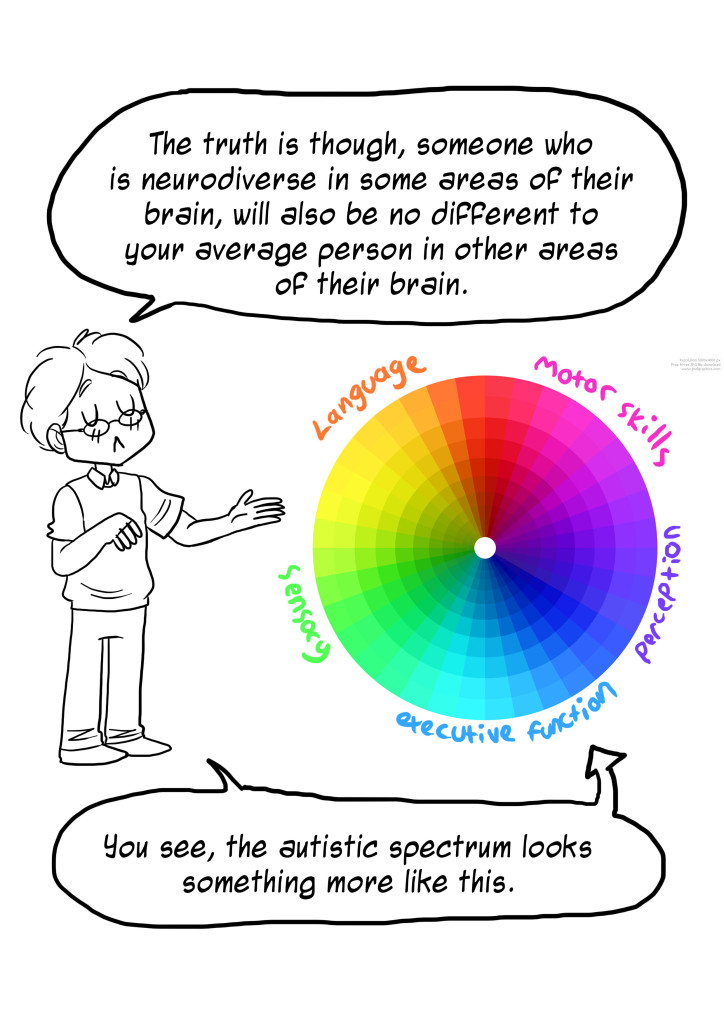
ASD in adults in Russia
The Ministry of Health of the Russian Federation confirms that the prevalence of ASD in the Russian Federation is in line with the global average of 1%. There are still no scientific works that would confirm this information, and the number of official diagnoses is only 10% of the predicted number. This significantly complicates the creation of a system of state support for children with autism: the authorities have no real understanding of how many people need to create supporting services. The first research is now being carried out at St. Petersburg State University.
The study is led by Prof. Elena Grigorenko, Head of the Exit Foundation Advisory Board, in collaboration with Maureen Durkin, PhD in Epidemiology and Professor of Public Health and Pediatrics at the University of Wisconsin, USA. It is possible that the factors for the development of ASD will be different depending on the population due to the influence of the environment and genetic characteristics.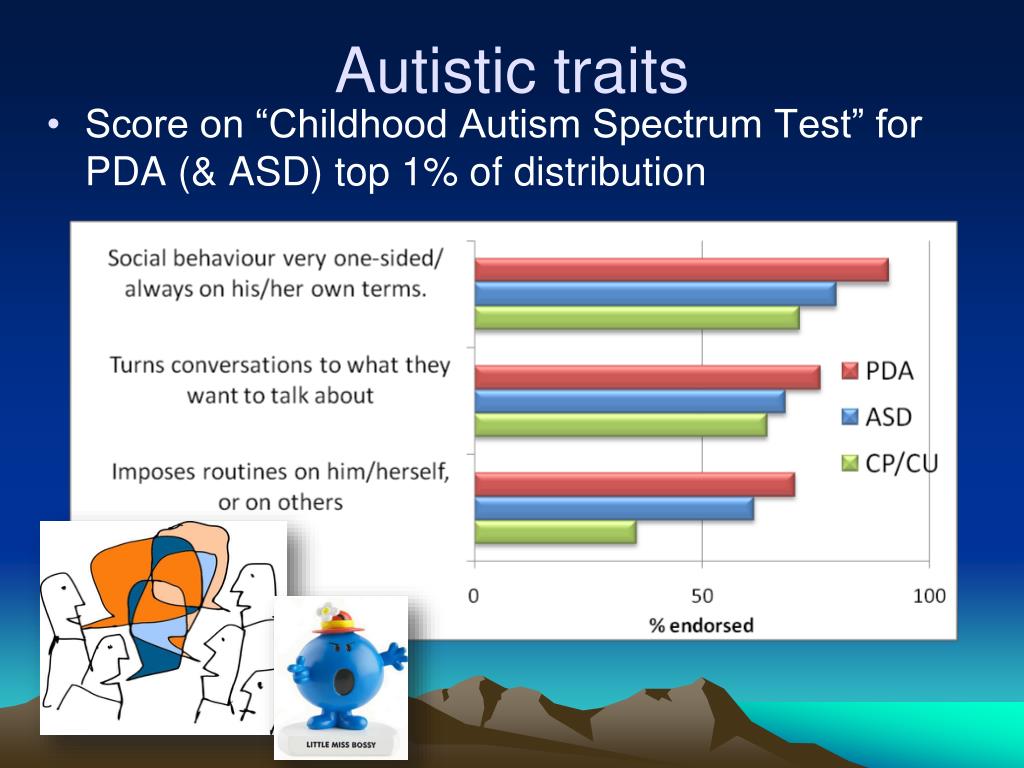
Equally important is the availability of diagnostic and therapeutic services. Oksana Talantseva, clinical psychologist, PhD student at the Faculty of Psychology at St. Petersburg State University, member of the working group of the draft clinical guidelines for ASD, says: “This is a new study, and our task is to make it as representative and objective as possible so that the data can be interpreted so that our methods can be applied to others. samples. Our study will tell what and how is the situation with autism in one district of St. Petersburg. But we want it to be scaled up later, so that we can talk about other regions, about the country as a whole” [12].
Elena Grigorenko, Clinical Psychologist, Molecular Geneticist, Doctor of Psychology, Professor at Yale University, University of Houston, Professor at the Department of Molecular and Human Genetics and Pediatrics, Baylor College of Medicine, Researcher at Haskins Laboratories Inc., Leading Researcher at the Center for Applied Psychological and Educational Research, Moscow State University of Psychology and Education , Head of the Scientific and Expert Council of the Vykhod Foundation
“In Russia, ideas about autism generally lag behind the world by about 30 years.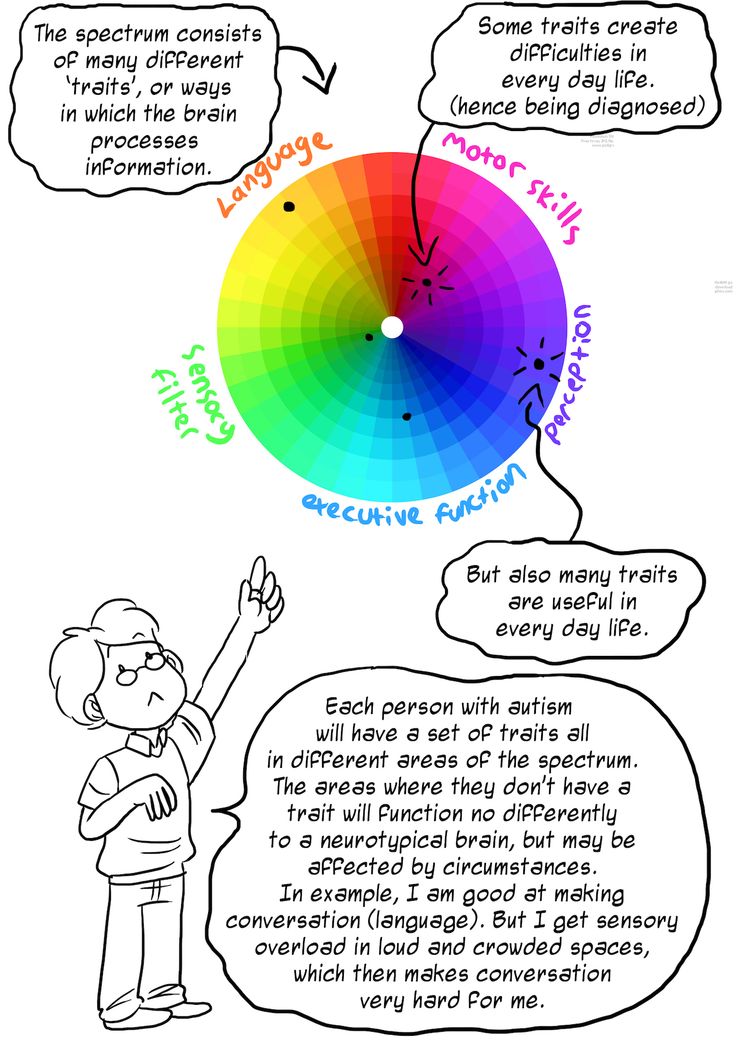 And it will take us a long time to overcome this gap, because we need money for scientific research, which no one has ever done in our country. At least to the extent that they are carried out, for example, in the United States. Prospects depend on how seriously people who make decisions in governing the country will approve this scientific and practical direction. Today there are already grounds for restrained optimism, but time will tell.”
And it will take us a long time to overcome this gap, because we need money for scientific research, which no one has ever done in our country. At least to the extent that they are carried out, for example, in the United States. Prospects depend on how seriously people who make decisions in governing the country will approve this scientific and practical direction. Today there are already grounds for restrained optimism, but time will tell.”
Research in Russia is necessary to assess the scale of the problem, to competently approach the issue of creating a diagnostic system, supporting people with autism and informing the population. Publishing data is an effective tool to improve the situation. Researchers identify several priority state strategies for ASD. First of all, it is worth paying attention to sufficient funding for research and the development of a support system, in which specialists will work according to evidence-based methods.
A separate issue is the employment of people with autism spectrum disorders.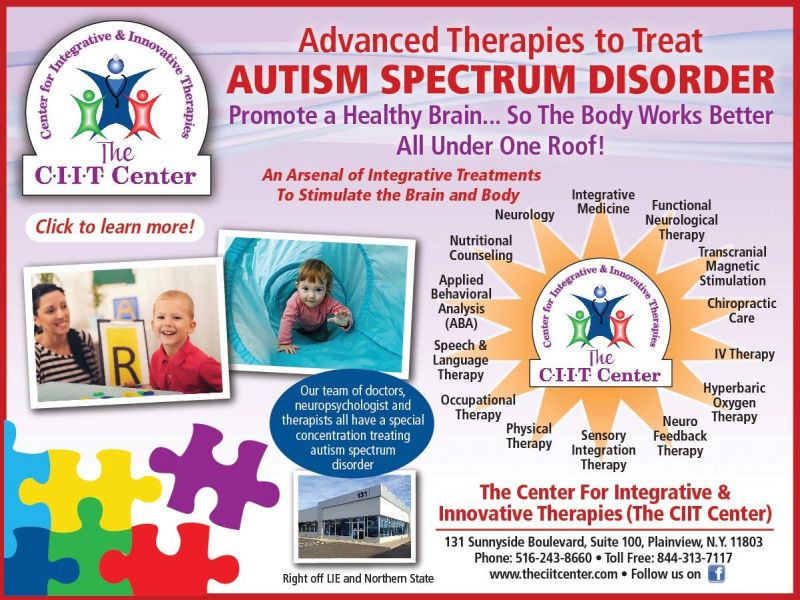 Some companies participate in charitable projects and provide applicants with the opportunity to work in positions that suit them. Thus, the MVS Group, which implements the largest concession in Russia in the field of road safety, has launched a project for the inclusive recruitment of people with ASD.
Some companies participate in charitable projects and provide applicants with the opportunity to work in positions that suit them. Thus, the MVS Group, which implements the largest concession in Russia in the field of road safety, has launched a project for the inclusive recruitment of people with ASD.
Anna Shapiro, HR Director, MVS Group
What positions have people with ASD been hired at MVS Group? Why was such a decision made?
We want to make our country safer, more comfortable for everyone. The main objective of the project is to enable adults with autism to successfully build a career and socialize in society, which means they can live a normal life, provide for themselves, have friends, hobbies, and a family.
There are many tasks in the IT sector, including our company, that people with autism can perform very well. The mental and psychological qualities of some of them make it possible to effectively solve problems with a constant high load: for example, processing a large amount of data, when such factors as routine, repetition, and the need to keep the focus of attention for a long time come to the fore.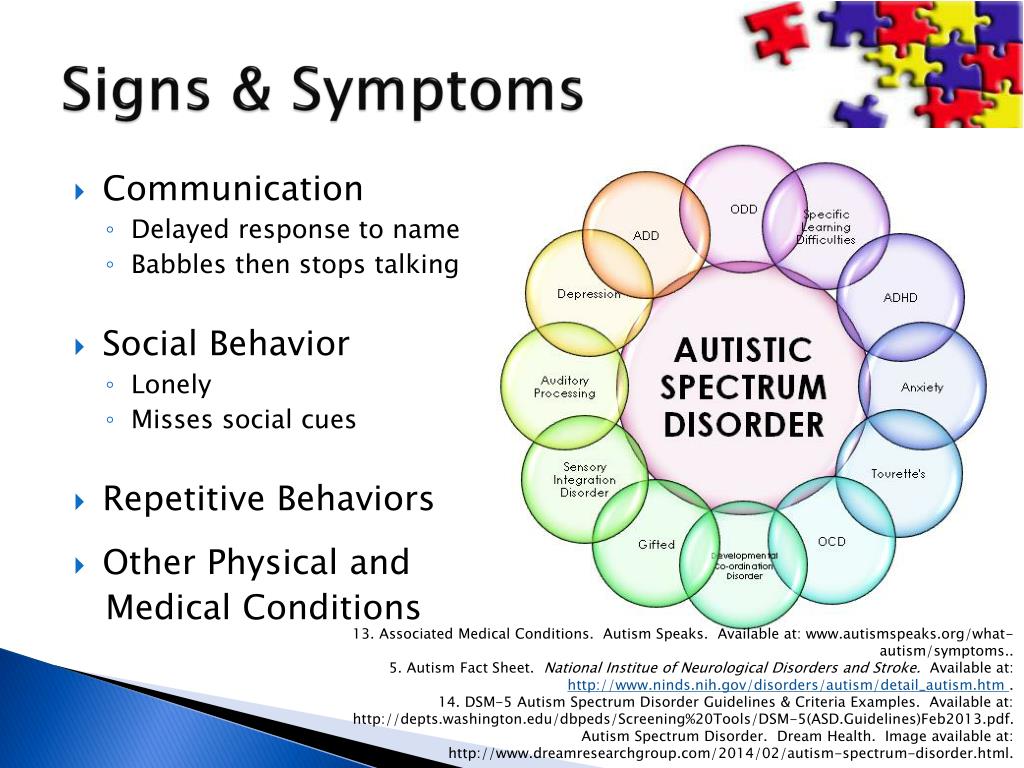
We currently have eight people with autism in our team. All of them have been trained and are actively involved in the work processes. Employees with ASD work in the information preprocessing department.
What difficulties do people with ASD face during interviews? How did the interviews for your program differ from the standard ones?
The standard interview form (as for neurotypical people) is not suitable for applicants with ASD. Such candidates do not always understand specific questions, metaphors, double entenders, and questions in general about experience. With the help of experts, we have developed a sequence of selection stages and a special interview that helps to assess the characteristics, skills and abilities of a potential employee. Communication is built in several stages:
- telephone interview with the candidate and his guardian, obtaining their prior consent;
- conversation with the parent (guardian) and the candidate himself, passing specialized tests;
- brief meeting with the head of department and HR to identify the most relevant candidates;
- meeting with the head of the department and a mentor in the office, explaining the algorithm of work, trial tasks for the employee, checking how he assimilates information and his condition during the working day;
- making a decision on employment, work schedule of an employee with autism, on the necessary specific support for him at the workplace;
- registration of relations with an employee.
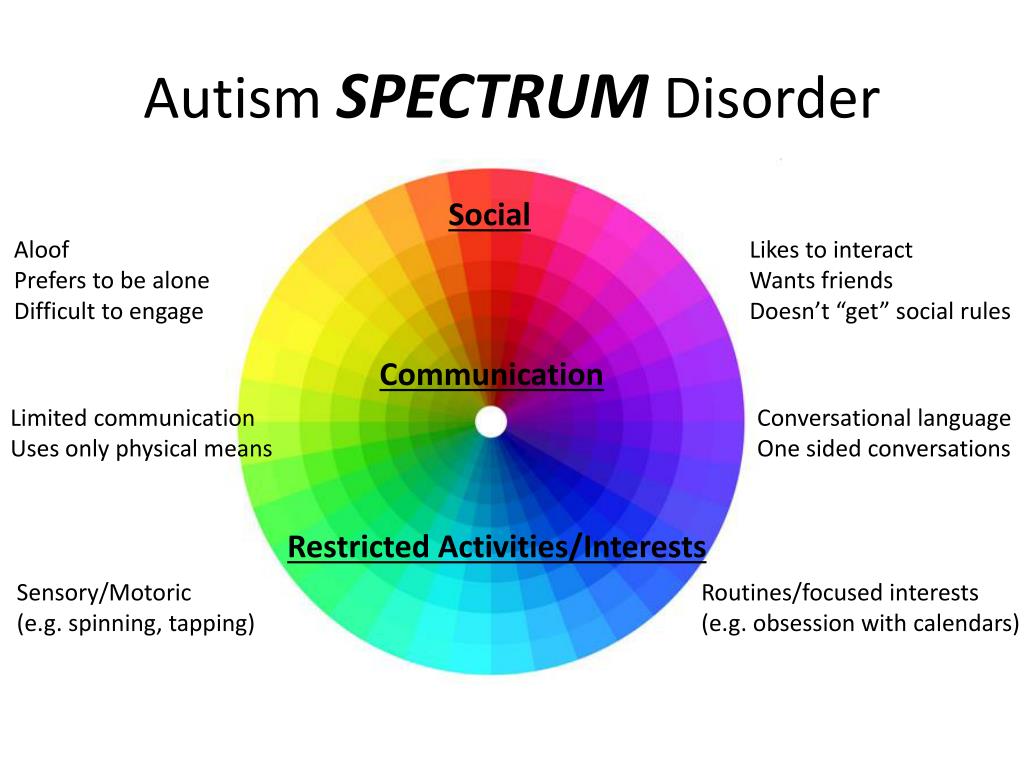
Did you have to adapt the standard job description for people with ASD?
The people with ASD who work for us are different. Therefore, for each of them it is required to adapt work tasks and convey information in their own way. The most important thing to do when hiring people is to divide big tasks into small and simple ones. The duties of employees with autism should be clearly understood by them, everything should be clearly described, a clear algorithm of actions is needed. Thus, they learn much faster and perform their tasks more efficiently. At MVS Group, mentors work with interns, whom we have attracted to cooperate with the help of our project partner, DistingTec, a company engaged in employment of people with ASD in the IT field. Professional tutors not only physically and psychologically support their wards, but also teach neurotypical employees and the head of the department how to behave and how to correctly formulate their instructions and requests.